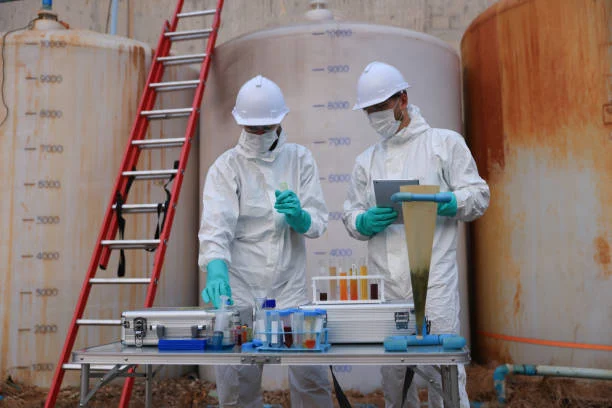
Introduction
The extraction of gold from ores is a complex process, with cyanidation being one of the most prevalent methods. Sodium cyanide plays a pivotal role in this process, as it reacts with gold in the ore to form soluble gold cyanide complexes, which can then be further processed to recover the gold. However, the use of sodium cyanide is a double-edged sword. On one hand, it is highly effective in gold extraction; on the other hand, it is extremely toxic, and improper use can lead to significant environmental and safety risks. Therefore, optimizing the dosage of sodium cyanide is not only crucial for maximizing gold recovery but also for ensuring sustainable and responsible mining practices.
Understanding the Cyanidation Process
The Chemical Reaction
The fundamental reaction in gold cyanidation is as follows: 4Au + 8NaCN + O₂ + 2H₂O → 4Na[Au(CN)₂] + 4NaOH. In this reaction, gold (Au) reacts with sodium cyanide (NaCN) in the presence of oxygen (O₂) and water (H₂O) to form sodium dicyanoaurate (Na[Au(CN)₂]), which is soluble in water. This solubility allows for the separation of gold from the ore matrix.
Factors Affecting the Cyanidation Process
Ore Characteristics: The composition of the ore, including the presence of other minerals and their concentrations, can significantly impact the cyanidation process. For example, copper minerals in the ore can react with sodium cyanide, consuming it and reducing the amount available for gold extraction. Additionally, the particle size of the ore also matters. Finer particles generally provide a larger surface area for the reaction, enhancing the efficiency of gold dissolution.
Cyanide Concentration: The concentration of sodium cyanide in the leaching solution is a critical factor. A higher concentration initially may seem beneficial for faster gold dissolution. However, beyond a certain point, it can lead to waste of the reagent and increased environmental risks. Moreover, in some cases, high cyanide concentrations can cause the formation of unwanted complexes that may interfere with the gold recovery process.
Oxygen Availability: Oxygen is essential for the cyanidation reaction to proceed. Adequate oxygen supply can accelerate the oxidation of gold and the formation of soluble gold cyanide complexes. Insufficient oxygen can limit the reaction rate and result in lower gold recovery.
pH of the Solution: The pH of the leaching solution plays a crucial role in controlling the stability of cyanide and the reaction kinetics. A slightly alkaline pH, typically around 10 - 11. is optimal for gold cyanidation. At lower pH values, cyanide can hydrolyze to form hydrogen cyanide (HCN), a highly toxic gas, which not only leads to the loss of cyanide but also poses a serious safety hazard.
Strategies for Optimizing Sodium Cyanide Dosage
Ore Pretreatment
Removal of Interfering Minerals: Before cyanidation, it is beneficial to remove minerals that can consume sodium cyanide. For instance, if the ore contains significant amounts of copper minerals, a pre - concentration step such as flotation can be employed to separate the copper - bearing minerals from the gold - bearing ore. This reduces the amount of cyanide consumed by copper and other interfering elements, allowing for a more efficient use of sodium cyanide in gold extraction.
Particle Size Reduction: Crushing and grinding the ore to an appropriate particle size can enhance the surface area of the gold - bearing particles, facilitating better contact with the cyanide solution. However, over - grinding should be avoided as it can lead to increased energy consumption and the formation of fine particles that may cause problems in subsequent processing steps.
Precise Monitoring and Control of Process Parameters
Cyanide Concentration Monitoring: Real - time monitoring of the cyanide concentration in the leaching solution is essential. Modern analytical techniques, such as ion - selective electrodes or spectrophotometric methods, can be used to accurately measure the cyanide concentration. Based on these measurements, the addition of sodium cyanide can be adjusted to maintain an optimal concentration throughout the leaching process.
Oxygen Monitoring and Supply: Monitoring the dissolved oxygen concentration in the leaching solution and ensuring a continuous and sufficient oxygen supply is crucial. This can be achieved by using oxygen sensors and appropriate aeration systems. In some cases, the addition of oxygen - releasing compounds or the use of more efficient aeration methods, such as diffused air systems, can improve oxygen transfer and enhance the cyanidation reaction.
pH Control: Regular monitoring of the pH of the leaching solution and adjusting it as needed is necessary. Lime (CaO) or sodium hydroxide (NaOH) is commonly used to adjust the pH to the optimal range. Automated pH control systems can be installed to ensure precise and consistent pH regulation.
Use of Alternative Reagents and Technologies
Alternative Lixiviants: Although cyanide is the most commonly used lixiviant for gold extraction, there are alternative reagents being explored. For example, thiosulfate - based lixiviants offer a potentially less toxic alternative. They can react with gold to form soluble complexes under certain conditions. However, the thiosulfate leaching process has its own challenges, such as the need for careful control of copper and other metal impurities, and the development of more efficient recovery methods for the gold - thiosulfate complexes.
Advanced Leaching Technologies: Technologies like bio - leaching, where microorganisms are used to oxidize the gold - bearing minerals, can also be considered. This method can be more environmentally friendly as it reduces the need for harsh chemicals like cyanide. However, bio - leaching is a relatively slow process and is more suitable for certain types of ores, such as refractory gold ores.
Case Studies
Case Study 1: A Large - Scale Gold Mine in South Africa
This gold mine was facing issues with high cyanide consumption and relatively low gold recovery rates. By implementing a comprehensive ore - sorting system, they were able to remove a significant amount of copper - bearing minerals before cyanidation. Additionally, they installed a state - of - the - art cyanide concentration monitoring system and optimized their aeration and pH control processes. As a result, the cyanide consumption was reduced by 25%, and the gold recovery rate increased from 70% to 80%.
Case Study 2: A Small - Scale Gold Mining Operation in South America
This small - scale mine initially had a very basic cyanidation setup with little control over process parameters. After introducing a simple but effective pH control system using lime and a manual - sampling - based cyanide concentration monitoring method, they were able to reduce cyanide consumption by 15%. Although the gold recovery rate did not increase significantly in the short term, the reduced cyanide consumption led to substantial cost savings, making the operation more economically viable.
Conclusion
Maximizing gold recovery while optimizing the use of sodium cyanide is a challenging but achievable goal. By understanding the cyanidation process in detail, implementing proper ore pretreatment methods, precisely monitoring and controlling process parameters, and exploring alternative reagents and technologies, mining operations can enhance their gold recovery rates, reduce costs associated with sodium cyanide consumption, and minimize environmental and safety risks. This not only benefits the mining companies in terms of economic returns but also contributes to the sustainable development of the gold mining industry as a whole.
- Random article
- Popular articles
- Popular comments
- Gold Mine Combined Beneficiation Process
- Gold Ore Thiourea Beneficiation
- Arsenic Gold Ore Bacterial Oxidation Pretreatment Process
- Nickel ore priority flotation process(Sulfide ore)
- Laterite Nickel Ore: Pyrometallurgical Treatment
- Radioactive beneficiation and flotation process for uranium ore
- Zirconium Ore Processing: Gravity, Magnetic, and Electric Separation






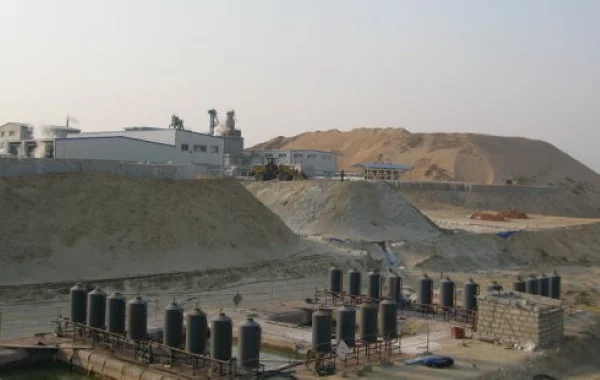

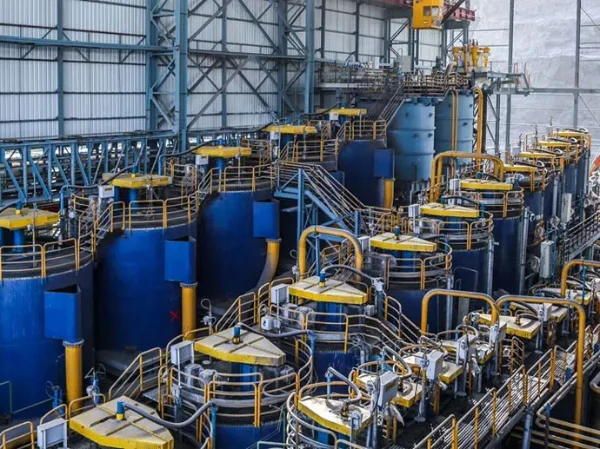
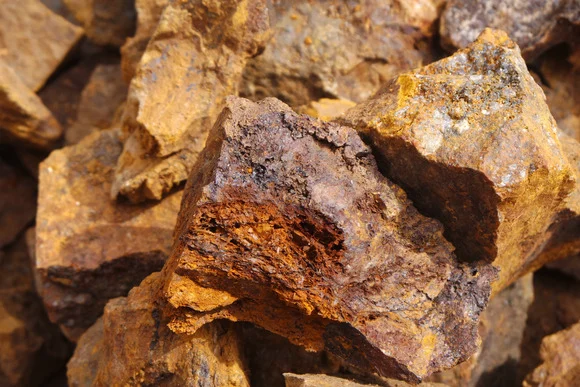
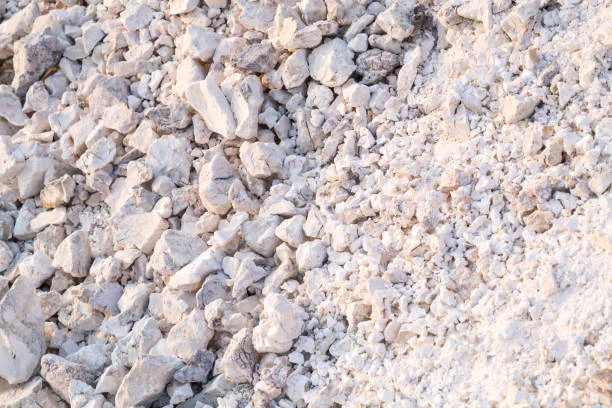
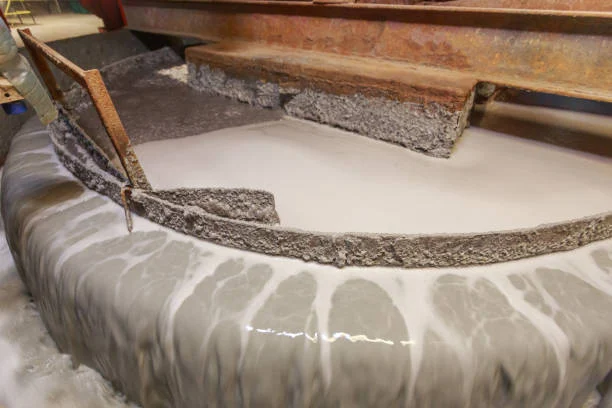

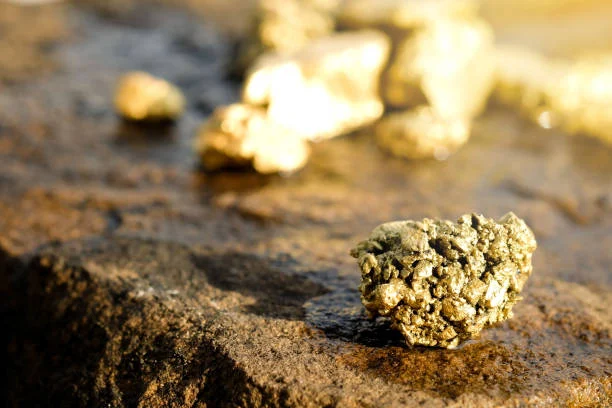

Leave a message with your needs or comments
Add comment: